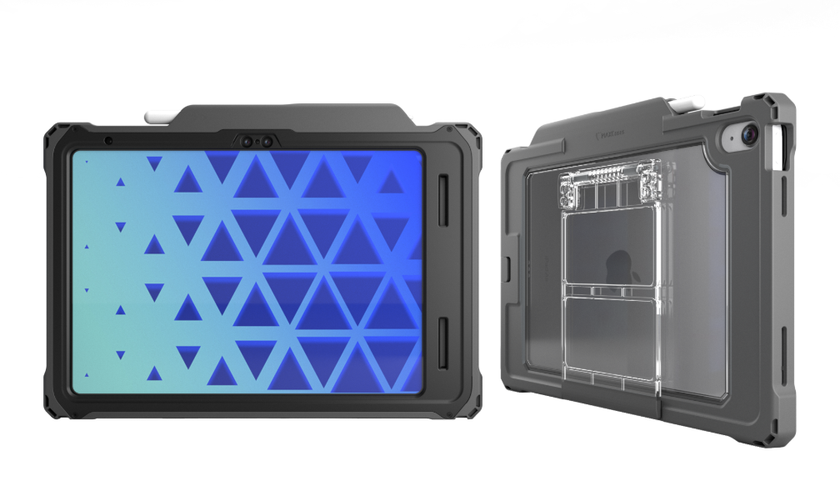EDITOR’S NOTE: PLEASE TOUCH

While the rest of the world may seem in disarray, the state of edtech so far in 2017 appears to be strong. Visits to the UK’s Show in January and the Texas Computer Education Association exhibition in February gave me the chance to traipse the show floors and listen in on sessions that focused on the latest and greatest in emerging innovations for the classroom. I was not disappointed. There are hundreds of emerging companies looking to provide services—from robotics that complement STEM curricula to apps that improve study habits.
One major advancement: touch technologies have become mature and cheap enough to be a real thing in the education space. Many of the major hardware manufacturers are in the midst of research to explore the idea that students learn better when they record notes with a stylus versus typing on keyboards. There also seems to be an emerging class of education software that complements devices that use touch. Finally, the technology is at a price point that school budgets will handle.
Contributing editor Tara Smith details how schools are applying touch-enabled tech to advance their science curricula. She hits on the strategy of making the technology invisible, which touch tech enables: “We’re working to make the technology work in ways that those outside of the classroom use it,” one teacher says. Using iPads and Vernier probeware out in the field does just that.
As always, we are looking for similar real-world examples of how edtech is changing the way you teach and your students learn. Go online and share those stories at techlearning.com or just drop me a note at khogan@nbmedia.com. Thanks for reading!
— Kevin Hogan
Content Director
khogan@nbmedia.com
Tech & Learning Newsletter
Tools and ideas to transform education. Sign up below.











